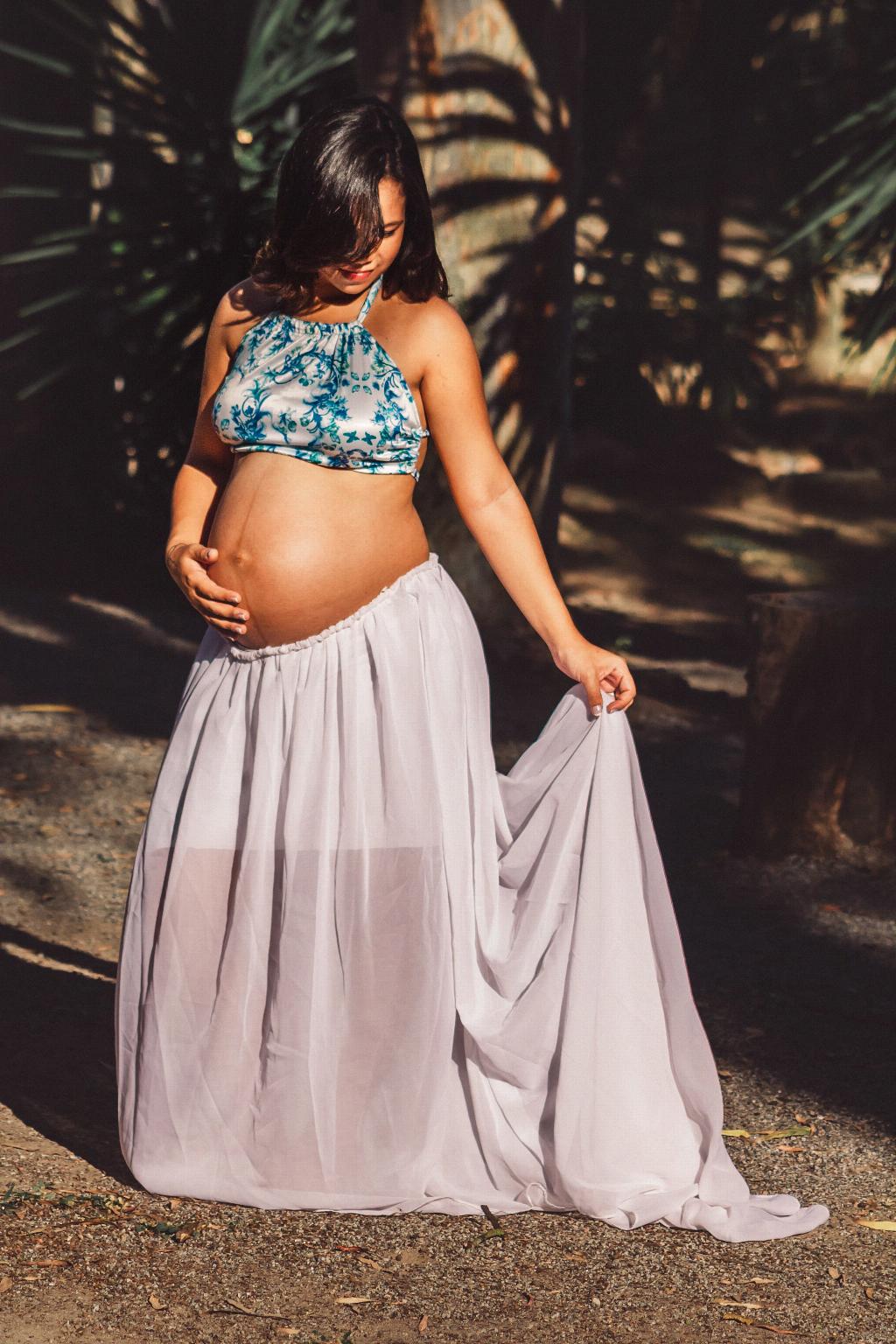During pregnancy, the body goes through numerous changes, including weight gain and hormonal shifts, which can lead to swelling, fatigue, and discomfort, especially in the legs and feet. Compression leggings specifically designed for maternity purposes have gained popularity as a potential solution to alleviate some of these common pregnancy symptoms.
Compression maternity leggings are crafted with the intention of applying gentle but firm pressure to the legs, ankles, and feet, which can aid in improving circulation and reducing swelling. The compression technology used in these leggings aims to prevent the pooling of blood in the lower extremities, ultimately promoting better blood flow back to the heart.
One of the primary benefits of compression leggings during pregnancy is their ability to provide support to the lower body. As the uterus expands and the baby grows, expectant mothers may experience added strain on their back, hips, and legs. Compression leggings offer a level of muscular and joint support that can help alleviate some of this discomfort and promote better posture.
Moreover, many pregnant individuals find that wearing compression leggings during daily activities or exercise sessions can help reduce feelings of fatigue and heaviness in the legs. The compression technology works to reduce muscle oscillation and vibration, which can contribute to feelings of tiredness in the legs after prolonged periods of standing or walking.
For pregnant individuals who spend extended periods sitting or standing, compression leggings may also help reduce the risk of developing varicose veins or deep vein thrombosis. By promoting better circulation and preventing blood from pooling in the lower limbs, these leggings can support overall vascular health during pregnancy.
It is crucial, however, to consult with a healthcare provider before incorporating compression leggings into your maternity wardrobe. While compression leggings can offer benefits for many pregnant individuals, they may not be suitable for everyone, particularly those with certain medical conditions or complications.
When selecting compression leggings for pregnancy, it is essential to choose the right size and compression level based on individual needs and comfort preferences. Proper sizing ensures that the leggings provide the right amount of pressure without being too constrictive, allowing for optimal circulation and support throughout the day.
While compression leggings can be worn during various stages of pregnancy, they may be particularly beneficial in the later trimesters when swelling and discomfort tend to increase. Many pregnant individuals find relief from symptoms such as edema and achiness by incorporating compression leggings into their daily routine.
Additionally, compression leggings come in a variety of styles and designs, making it easier to incorporate them seamlessly into your maternity wardrobe. From solid colors to patterns and high-waisted options, there are choices available that cater to both comfort and style preferences during pregnancy.
Overall, the use of compression leggings during pregnancy can provide support, reduce swelling, alleviate discomfort, and promote better circulation for many expectant mothers. By understanding the benefits and considerations associated with compression maternity leggings, pregnant individuals can make informed decisions about incorporating this supportive garment into their daily routine.
As always, it is essential to listen to your body and seek guidance from healthcare professionals to ensure that compression leggings are a suitable and effective option for managing pregnancy-related symptoms. With proper care and attention to individual needs, compression leggings can be a valuable addition to a holistic approach to maternity wellness.

